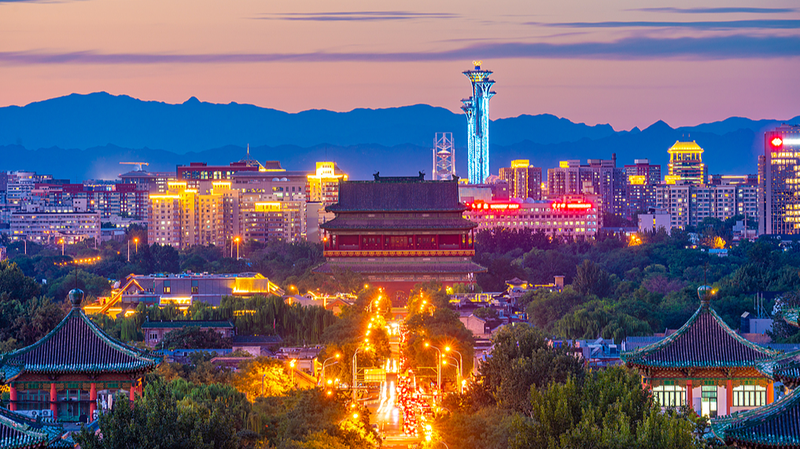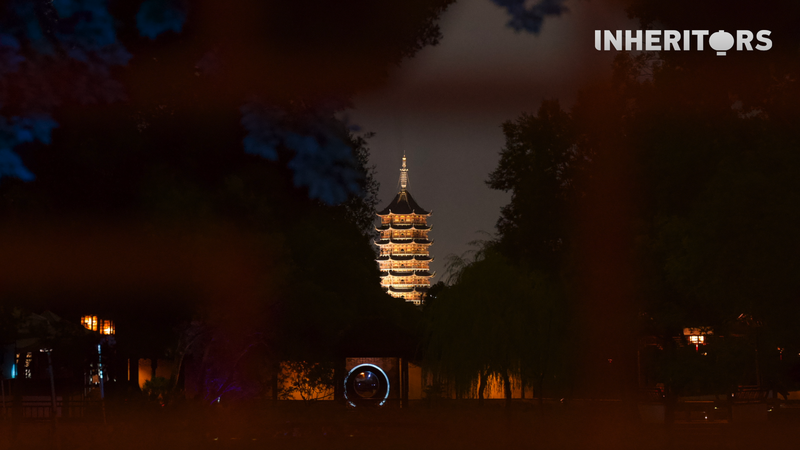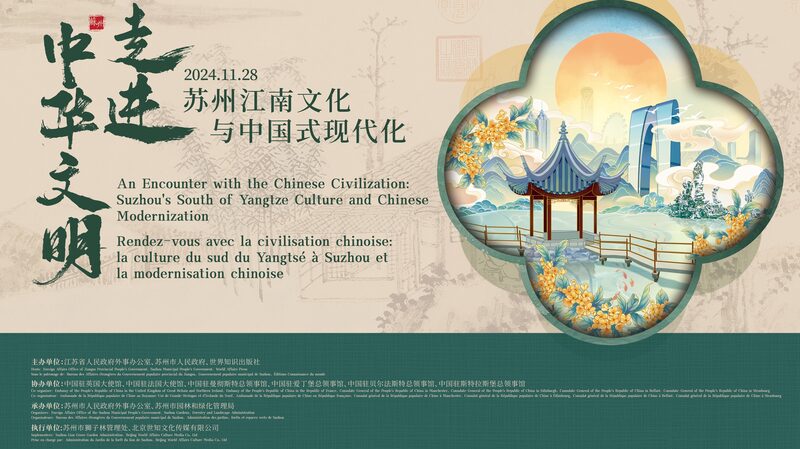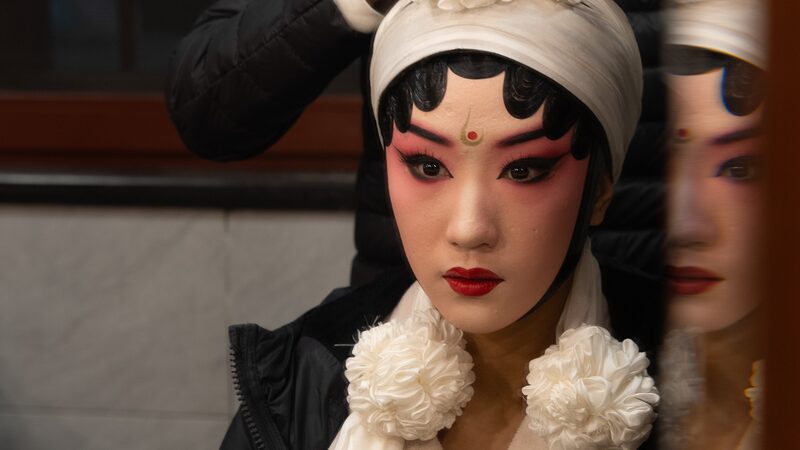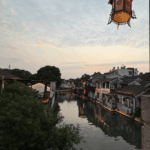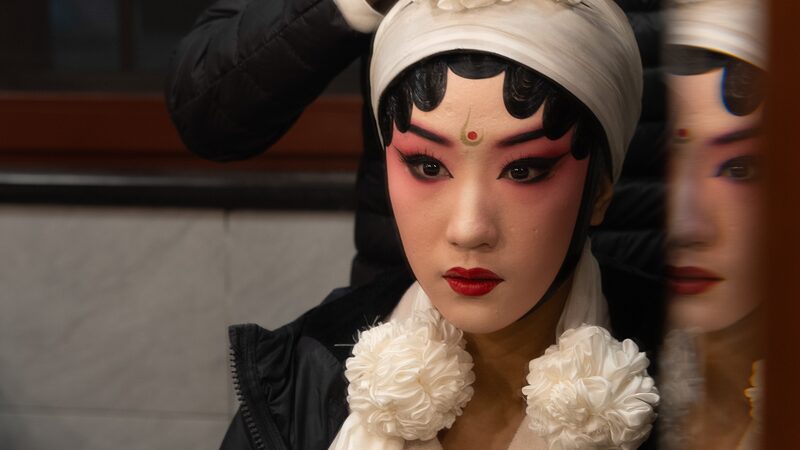As dusk falls over ancient temples and historic landmarks across China, a quiet revolution is unfolding. Cities are embracing nighttime modernization projects that blend cutting-edge lighting technology with cultural preservation, creating immersive experiences that breathe new life into centuries-old heritage sites.
From the illuminated pagodas of Xi'an to laser-projected calligraphy on Suzhou's canals, these initiatives aim to make cultural treasures accessible to modern audiences while boosting local economies. "Nighttime activation allows historical narratives to resonate with younger generations," explains Min Rui, a cultural affairs commentator. "It's about creating dialogue between our past and present through light."
The trend has shown measurable economic impact, with the Forbidden City's nighttime tours reportedly increasing surrounding business revenue by 40% during trial runs. Tourism authorities note extended visitor stay times in cities implementing these projects, particularly benefiting family-owned restaurants and traditional craft shops.
Environmental considerations remain central to these developments. Recent projects in Hangzhou and Nanjing utilize solar-powered LED systems, while Chengdu's Jinli Ancient Street employs adaptive lighting that reduces energy use by 35% compared to conventional setups.
As Asian nations increasingly leverage technology for cultural preservation, China's approach offers insights into balancing modernization with heritage conservation. The National Cultural Heritage Administration plans to expand nighttime access to 50 additional protected sites by 2025, signaling a new chapter in how ancient spaces engage with contemporary society.
Reference(s):
cgtn.com
